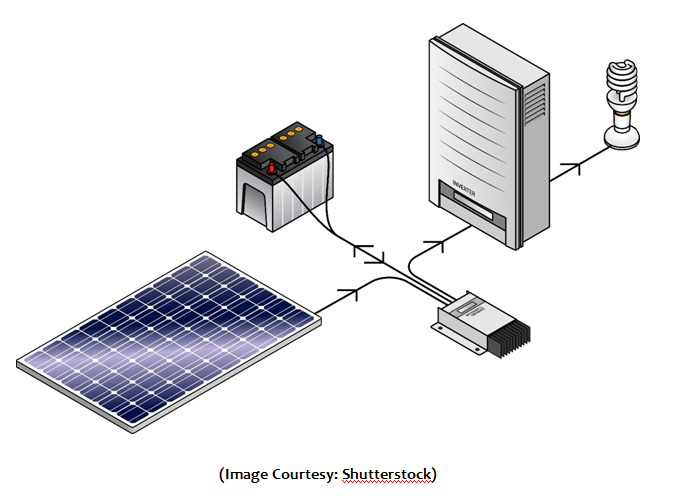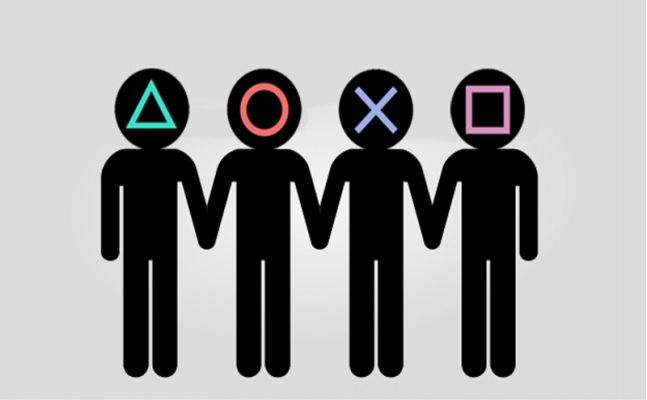- Home >> Features >> Technology
Beginner`s Guide to Solar Charge Controllers
- Gayatri
- Tuesday | 7th April, 2020
Solar PV is an incredible proposition in its primary forms. Hook a solar panel up to a DC charge and run until the sun goes down. Connect solar panels to a grid-tied inverter, and power is sent to the utility if the sun shines. Everything is easy — until the sun stops shining.
Solar PV is an incredible proposition in its primary forms. Hook a solar panel up to a DC charge and run until the sun goes down. Connect solar panels to a grid-tied inverter, and power is sent to the utility if the sun shines. Everything is easy — until the sun stops shining.
Where it starts to become complicated for use is when the sun doesn`t shine, or the grid is down. Saving energy for valuable later work requires batteries connected to solar photovoltaic systems.Once a battery is added, a charge controller becomes one of the most crucial system components.Anyone who goes off-grid or wishes to use a hybrid system capable of selling solar-generated electricity during the day and storing the power for use at night, during peak times will require a solar charge controller.

What is a Solar Charge Controller?
The solar charging controller is a charge controller that is used in the solar application and is called the solar charger. Its purpose is to regulate the voltage and current from the solar arrays to the battery. This is done to avoid overload and overloading.Several developments have been integrated into the design of the solar charge controller. For example, the MPPT charge controller included a maximum power point tracking algorithm to optimize PV cell or module manufacturing.
Key Features of a Solar Charge Controller
1. Multi-stage charging of the battery bank, for safer batteries, adjusts the amount of power set for the batteries depending on their charge level.
2. Reverse current security prevents the solar panels from exhausting the batteries at night when electricity from the solar panels does not arrive.
3. When the battery is low, it disconnects and turns off the connected load, and turns it back on when the battery is charged.
4. It has a display that may show the voltage of the battery bank, state of charge, amps coming from the solar panel.
However, there are few things that you should look for in a solar charge controller.
In terms of size and features, it`s crucial to choose the right charge controller. Reliability and performance are critical considerations for remote systems. Also, lower-cost solar controllers won`t be the most robust and may not meet the essential criteria of charging. Poor performance or consistency can end up costing multiple times over the solar controller`s cost in terms of battery bank replacement and the loss of operating time.
A solar charge controller must be built to take a beating because they handle extreme heat and have to manage it properly. Small charge controllers have the benefit of being fanless with comfortable passive cooling. They get rid of heat along with achieving the following three advantages:
1. Higher reliability —Fans have movable parts, generally the only feature on a charge controller with moving parts. When you eliminate the fan, you reduce one of the common points of failure.
2. Longer life — Fans pull in dirt, dust and even insects, which can obstruct the charge controller’s insides and reduce its life.
3. Higher efficiency — Fans need electricity to work, and that electricity comes from panel solar power. Fans are a "parasitic charge" that could be used elsewhere in the network, diverting and wasting electricity.
Choose the Best Solar Charge Controller
Whatever application and budget you have, the essential step in managing investment in solar storage is to spend time selecting the correct charge controller and taking care. There are brands like Luminous that offers the best in class controllers for solar panels. These solar charge controllers prevent overcharging and reverse current flow at night. The highlight of the products from Luminous is that they come with a USB port. The port gives you the flexibility of charging your DC devices like Mobile phones directly without the use of an adapter. So, when you are equipping your home with solar power, do not forget to buy a solar charge controller for better results.

If You Like This Story, Support NYOOOZ
Your support to NYOOOZ will help us to continue create and publish news for and from smaller cities, which also need equal voice as much as citizens living in bigger cities have through mainstream media organizations.











